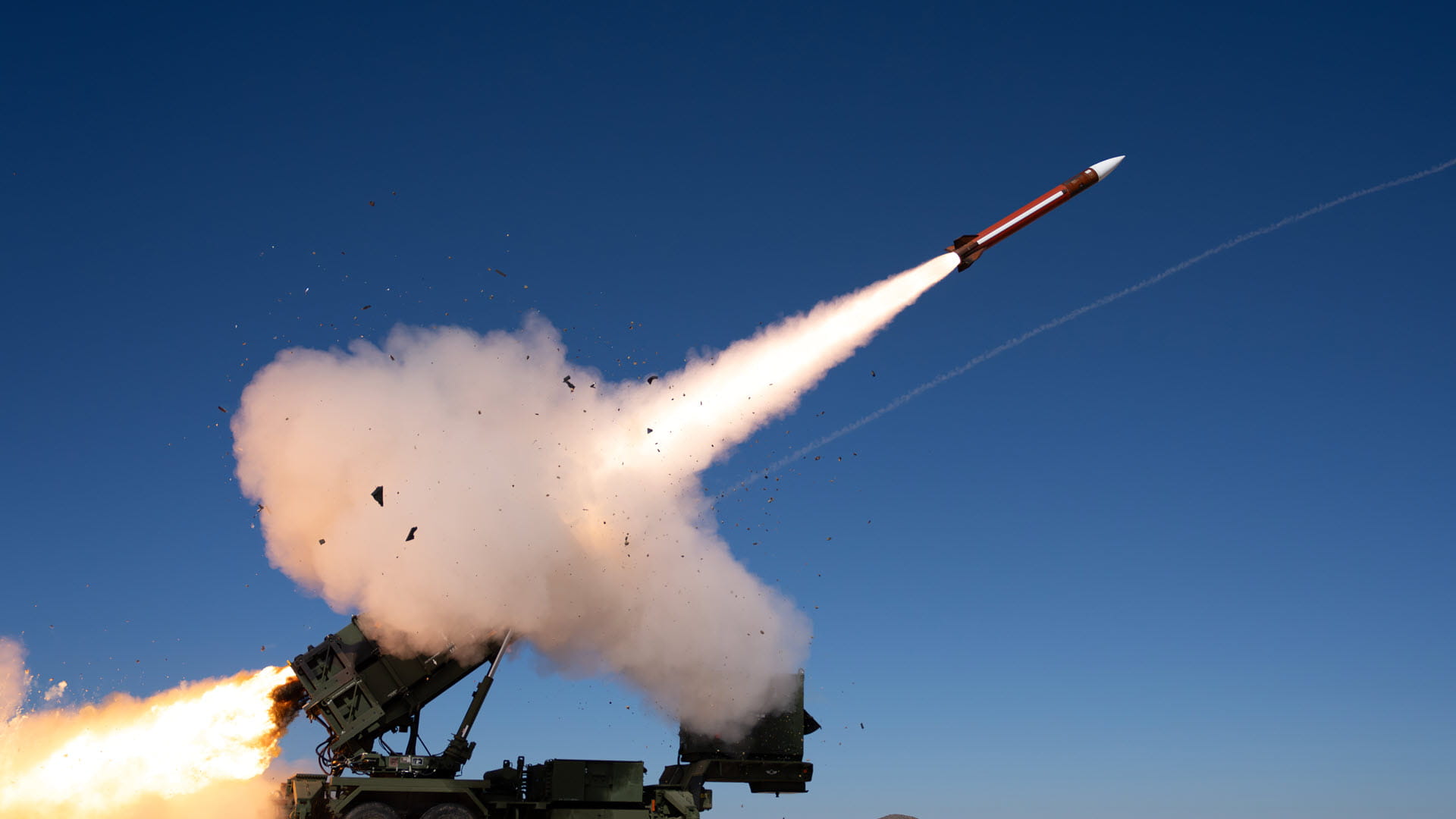Shaping future Earth observing sensors
Next-gen space sensors: smaller, less costly, more efficient
The term is “weather data continuity,” and it’s something a lot of people need.
Scientists need it to assess changes in climate over time. Military commanders need it to plan missions. Civil authorities need it to predict and prepare for severe weather.
For more than 20 years, NASA’s two Moderate Resolution Imaging Spectroradiometers, or MODIS, has been meeting that need. Built by Raytheon Intelligence & Space, a Raytheon Technologies business, the instruments provide a steady stream of essential weather data. Now, building on that instrument’s success, RI&S is developing next-generation Earth-observing instruments to maintain the mission and provide that data more efficiently, less expensively and in far higher resolution.
“MODIS was only supposed to last for six years, but it’s still operating in space more than two decades later,” said Joseph Auchter, who oversaw the software development of MODIS in the 1990s and is currently a principal software engineer for Electronic Warfare Systems at RI&S. “We have a tremendous track record of far exceeding mission design life and a history of reliably making these critical observations, providing data continuity over an extended period of time.”
Evolving the MODIS design
Building MODIS taught engineers lessons and gave them operational experience that they later applied to a next-generation Earth-observing instrument called the Visible Infrared Imaging Radiometer Suite, or VIIRS, built for NASA and National Oceanic and Atmospheric Administration.
VIIRS evolved the MODIS design into a system that can collect data in much higher resolution. It can peer into a tropical cyclone, hurricane or typhoon and reveal storm structure with far more details that could not be detected by its predecessor. And VIIRS is currently the only civil environmental instrument in orbit that can collect essential visible wavelength weather data at night.
The VIIRS instrument is currently aboard two NOAA satellites: Suomi-National Polar-orbiting Partnership and NOAA-20, part of the Joint Polar Satellite System satellite series. Three additional VIIRS instruments are expected to launch in the coming years.
“Our next VIIRS launch will provide that continuity of observations, and that’s really our priority,” said Jeff Puschell, principal engineering fellow for Space & C2 Systems at RI&S.
The future of weather systems
RI&S engineers are innovating new ways to deliver data continuity at a fraction of the cost while delivering similar Earth-observing capabilities.
RI&S is using the expertise from MODIS and VIIRS to build an advanced weather satellite prototype called the EO/IR Weather System, or EWS, for the U.S. Space Force’s Space and Missile Systems Center. The Theater Weather Imagery and Cloud Characterization, or TWICC, sensor onboard will help operators make better-informed decisions on how to execute missions.
“The previous space satellites carrying MODIS and VIIRS were remarkable feats of engineering,” said Earl Choi, chief engineer at Space & C2 Systems at RI&S. “We’ve become more efficient and are now able to build smaller space vehicles at a lower cost.”
EWS TWICC provides VIIRS-comparable performance with spectral bands that span across the visible to near-, mid-, and long-wave infrared spectrum. By providing a holistic space vehicle for EWS, the efficiencies of a vertically integrated system has enabled RI&S to easily scale for a constellation of cost-effective assets. Instead of one massive system in space, the capabilities would be proliferated among many small, high performing systems, driving down cost and improving resiliency.
“We’re delivering 70% of what VIIRS does for a fraction of the cost,” said Bob Newberry, director for Civil, Commercial and Special Programs, Space Systems at RI&S. “TWICC enables more satellites in space that will ensure faster, high-fidelity observations.”
The data continuity with EWS will deliver not only clear-cut imagery of the Earth, but also offers scientists a wealth of information that may provide additional insight into the climate such as the temperature of clouds to the depths of the clouds.
“If you think about it, EWS really started with MODIS,” said Choi. “We’re taking all of the best parts from previous systems and leveraging our new technologies and development methods to create this new satellite that provides similar performance capabilities, quicker and more cost effectively, without ever sacrificing quality.”




